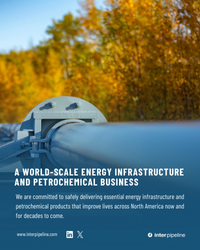There’s a reason why more than half a dozen midstream companies and joint ventures are clamoring to build deepwater loading terminals on the Gulf of Mexico: because it’s a major pain to load Very Large Crude Carriers (VLCCs) any other way. These days, the standard operating procedure for loading the vast majority of VLCCs along the Gulf Coast involves a complex, time-consuming and costly process of ship-to-ship transfers called reverse-lightering, in which smaller tankers ferry out and transfer crude to VLCCs in specified lightering areas off the coast. Today, we ponder the current dynamics for U.S. crude exports via VLCC.
Even before the 40-year prohibition on most crude oil exports from the U.S. was lifted in December 2015, we were blogging about how an end to the export ban would help shape the landscape for U.S. crude production. In the past three years, the growth in export volumes has been stunning — from 590 Mb/d in 2016, on average, to 1.1 MMb/d last year and 1.9 MMb/d through October in 2018. As the market looks to the immediate future, projections for rising crude production from the prolific Permian, Eagle Ford and SCOOP/STACK shale plays suggest that the export wave could soon look more like a tsunami, especially after a few new crude pipelines come online.
The U.S. is now the world’s leading oil producer — recently surpassing both Russia and Saudi Arabia — with output at 11.7 MMb/d. Based on RBN’s latest midrange market scenario, we are forecasting additional growth from here, by an estimated 800 Mb/d each year for the next 5 years. If that projection comes to fruition, crude exports could rise to almost 6.5 MMb/d by 2024, as total U.S. production tops 16 MMb/d. Figure 1 below shows historical and forecasted U.S. crude production and the share that is refined domestically (blue and blue-patterned bar segments) and exported (gray and gray-patterned bar segments). Note that U.S. refinery inputs of domestic crude are projected to increase only modestly and stay well below 10 MMb/d, with virtually all of the incremental crude production destined for the export market.
Join Backstage Pass to Read Full Article










